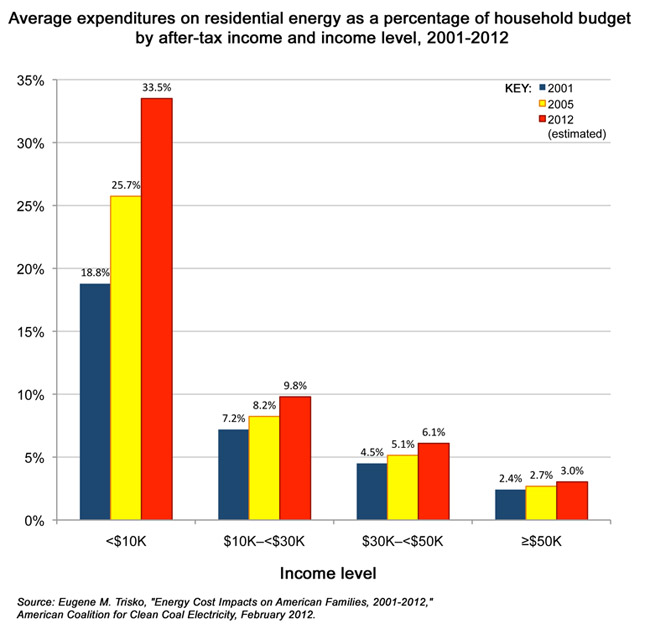In the news today:
The newly installed chief executive officer of Duke Energy Corp. wants to change how the utility is regulated in the Carolinas and Florida so that America’s largest electric company can more easily pass along the cost of big power plants a little at a time.
The company’s desire to get consumers to start paying for big-dollar projects with price tags that could run into the billions is high on the agenda of Duke Energy CEO Lynn Good, who stepped into the company’s top job Monday. … North Carolina and Florida basically follow a build-now, collect-later process in which utilities must show regulators their costs and justify requested profit margins. The cost of new power plants can’t be passed on to customers until construction is done and the power flows.
Despite that being “basically” how it goes in N.C. and Florida, the report also notes the presence of Construction Work in Progress legislation in both states (and its ill effects in Florida):
Florida regulations bar utilities from billing customers for building costs or upgrades until generating facilities go into service, but a 2006 law made an exception for nuclear power plant construction. That allowed Raleigh-based Progress Energy to charge for upgrades to a shuttered nuclear plant at Crystal River near Tampa, Fla., and a planned new one for nearby Levy County.
Duke Energy, which later purchased Progress Energy, decided in February to close the damaged Crystal River plant, allowing it the possibility to earn a $50 million profit on the $500 million that customers already paid. Florida customers also paid $1.5 billion for the Levy plant. Duke could earn $150 million if that project is not built. …
Jim Rogers, Good’s predecessor as head of Duke Energy, urged North Carolina legislators for years to allow utilities to add nuclear plant financing costs to electricity rates, subject to a streamlined review by the state regulators.
North Carolina now allows consumers to be charged for major power plants while construction work is still in progress, but as part of a regulatory review of the company’s costs that can take months when the utility requests a rate increase.
It’s amazing the risks you can take when you are insulated from the consequences of those risks. You might as well be playing a video game aggressively; if your character on screen dies, well, it’s just a video game.
Consider the plight of the Florida ratepayers — they pay higher electricity rates to fix a $500 million nuclear facility that never opens, and Duke gets close it for an additional $50 million. And if they close the Levy plant, which has already cost ratepayers $1.5 billion, Duke will get $150 million.
With North Carolina ratepayers being completely captive to the largest electricity utility in the nation, Duke’s doesn’t have to concern itself with fending off competition (and increasing profitability) through efficient service, lower consumer costs, innovation, choice, etc. Instead, Duke’s concern is increasing profitability through changes in public policy.
Duke sees a future of restricted growth in electricity demand as homes, buildings, devices and appliances become more efficient. Good said last month she wants to find ways to keep company profits rising by looking for opportunities to cut costs and grow the company even without rising electricity sales.




